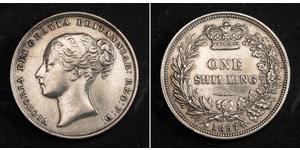(sold for $47.0)
1484, Mantua (City), Francesco II Gonzaga. Silver Soldino Coin. (VF) Very Rare!
Mint Place: Mantua Mint Period: 1484-1519 Reference: Biaggi 1171. Very Rare! Denomination: Soldino - Anonymous Civic Issue Condition: Light scratches in obverse, otherwise VF! Diameter: 15mm Weight: 0.59gm Material: Silver
Obverse: Wreathed bust of Virgil left. Legend: VIRGILIVS MARO
Reverse: Sun with human face.
Publius Vergilius Maro (October 15, 70 BC – September 21, 19 BC), usually called Virgil or Vergil in English, was an ancient Roman poet of the Augustan period. He wrote three of the most famous poems in Latin literature: the Eclogues (or Bucolics), the Georgics, and the epic Aeneid. A number of minor poems, collected in the Appendix Vergiliana, are sometimes attributed to him. Virgil is traditionally ranked as one of Rome's greatest poets. His Aeneidhas been considered the national epic of ancient Rome since the time of its composition. Modeled after Homer's Iliad and Odyssey, the Aeneidfollows the Trojan refugee Aeneas as he struggles to fulfill his destiny and reach Italy, where his descendants Romulus and Remus were to found the city of Rome. Virgil's work has had wide and deep influence on Western literature, most notably Dante's Divine Comedy, in which Virgil appears as Dante's guide through Hell and Purgatory.
Mantua is a city and comune in Lombardy, Italy, and capital of the province of the same name. Mantua is surrounded on three sides by artificial lakes, created during the 12th century, as the city's defence system. These lakes receive water from the Mincio River, a tributary of the Po River which descends from Lake Garda. The three lakes are called Lago Superiore, Lago di Mezzo, and Lago Inferiore ("Upper", "Middle", and "Lower" Lakes, respectively). A fourth lake, Lake Pajolo, which once served as a defensive water ring around the city, dried up at the end of the 18th century. The area and its environs are important not only in naturalistic terms, but also anthropologically and historically; research has highlighted a number of human settlements scattered between Barche di Solferinoand Bande di Cavriana, Castellaro and Isolone del Mincio. These dated, without interruption, from Neolithic times (5th–4th millennium BC) to the Bronze Age (2nd–1st millennium BC) and the Gallic phases (2nd–1st centuries BC), and ended with Roman residential settlements, which could be traced to the 3rd century AD. In 2017, Legambiente ranked Mantua as the best Italian city for the quality of the life and environment.
Francesco II (or IV) Gonzaga (10 August 1466 – 29 March 1519) was the ruler of the Italian city of Mantua from 1484 until his death.
Gonzaga was born in Mantua, the son of Marquess Federico I Gonzaga. He had a career as a condottiero acting as Venice's commander from 1489 to 1498. He was the commander-in-chief of the army of the Italian league in the battle of Fornovo, although under the tutorage of his more experienced uncle Ridolfo Gonzaga: although inconclusive, the battle had at least the effect of pushing Charles VIII of France's army back to the Alps.[citation needed] He was described as "short, pop-eyed, snub-nosed and exceptionally brave, and was regarded as the finest knight in Italy".
Later he was rival of the Venetians, as leader of the Holy League formed by Pope Julius II against them. On that occasion he was captured by the Venetians, who held him as hostage for several months and humiliated him. He only became free by giving his son Federico II as hostage to Rome. This caused his perpetual hostility towards that city, and he refused any subsequent request to return to command its army.
During his absences, Mantua was governed by his wife Isabella d'Este,[3]whom he had married on 12 February 1490. Under their reign, Mantua knew a great age of cultural splendour, with the presence in the city of artists such as Andrea Mantegna and Jacopo Bonacolsi. Francesco had the Palace of St. Sebastian built, where Mantegna's Triumph of Caesar was eventually placed. The Palace was where Francesco lived when in Mantua. His wife, Isabella d'Este remained at the Castello di San Giorgio where she had her own suite of rooms. On completing the decoration of his rooms at San Sebastiano di Mantova, Francesco asked his wife for her views. Isabella commented favourably, though did they say the decorations were almost as good as those within her studiolo.
Beginning in 1503, he started a long relationship with Lucrezia Borgia.
On his death from syphilis contracted from prostitutes, he was succeeded by his son Federico, with Isabella acting as regent. Another son, Ferrante Gonzaga originated the branch of the Counts of Guastalla. His disease prevented him from recognizing that his wife had eclipsed him.

|
Posted by:
anonymous 2019-03-31 |
1 Shilling United Kingdom of Great Britain and Ireland (1801 ...
group has 99 coins / 92 prices
⇑

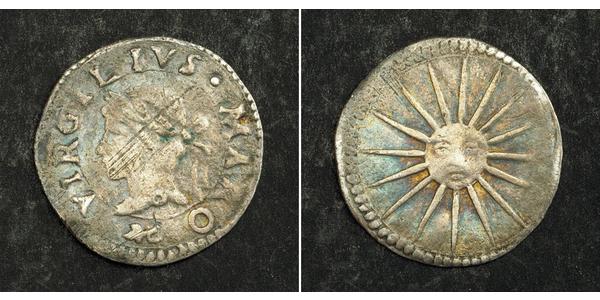






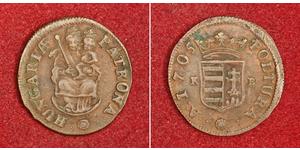
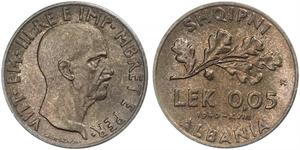



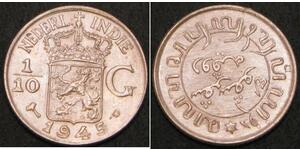

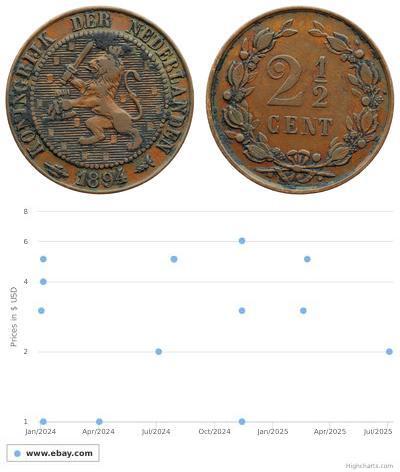
-300-150-IxfBwcI07O0AAAEoNYX7lLA7.jpg)
